A group of Chinese scientists is harnessing the power of specialized drones in an effort to enhance the monitoring of carbon emissions linked to human activities. Continue reading
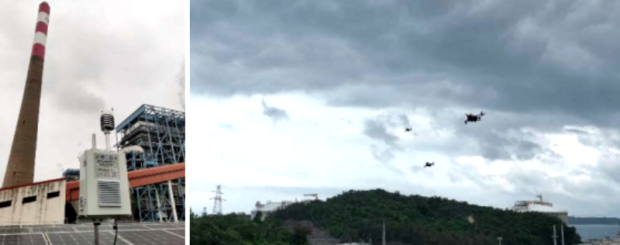

UAS VISION
an independent online news service for the Unmanned Aircraft Systems world

A group of Chinese scientists is harnessing the power of specialized drones in an effort to enhance the monitoring of carbon emissions linked to human activities. Continue reading
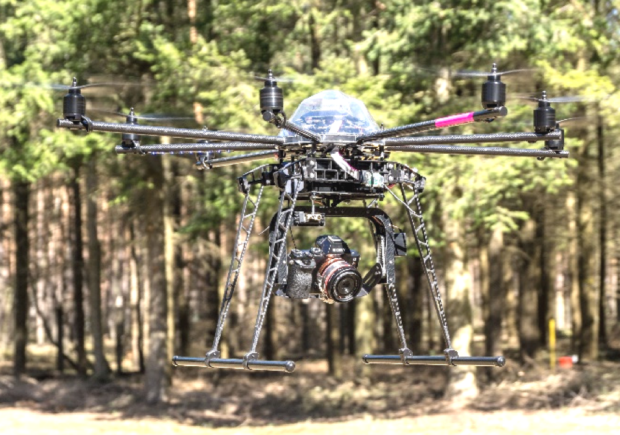
Forests and orchards are not only vital for the nature as the lungs of the earth but also crucial as a source of food production. In these fields, so-called Oracha-forest could mainly benefit from UAV-based remote sensing due to relative difficulties in assessing and controlling their environment. Continue reading
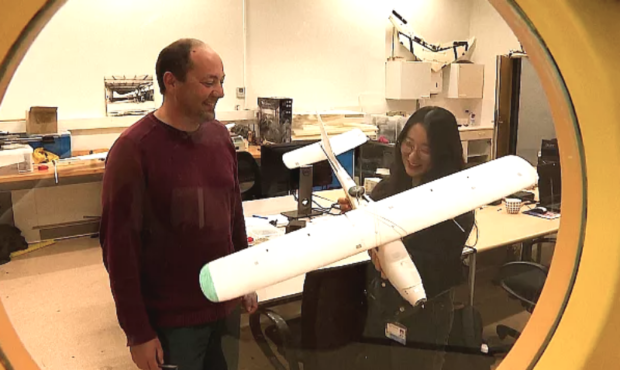
Researchers, from Delft University in the Netherlands have devised the autonomous drone that uses its propellers 0.25 per cent of the time, compared to the 38 per cent required for a regular flight. Continue reading
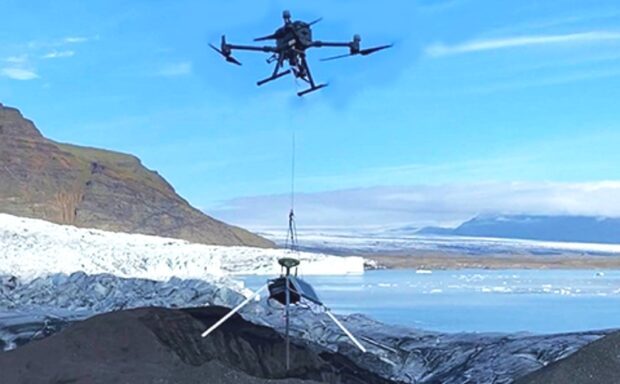
Scientist have unveiled a new climate change-monitoring sensor which can be airlifted onto icy glaciers using drones to measure the impact of global warming. Continue reading

A team of researchers at Johns Hopkins University, led by the Institute for Assured Autonomy’s Lanier Watkins and Louis Whitcomb , has used artificial intelligence to model a system that could more safely orchestrate drone traffic by replacing some human-in-the-loop processes with autonomous decision-making. Continue reading
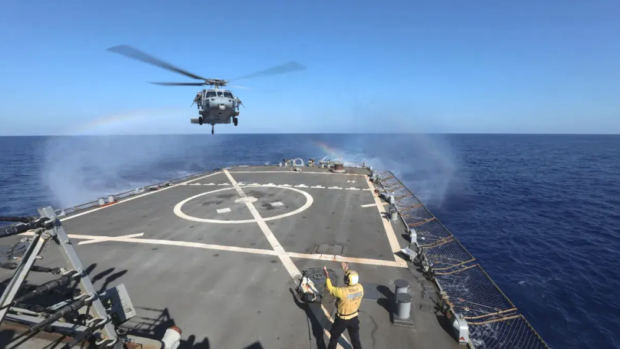
Texas A&M engineers are using machine learning to help automate the ship-landing process by mimicking a helicopter pilot’s behaviour. Continue reading
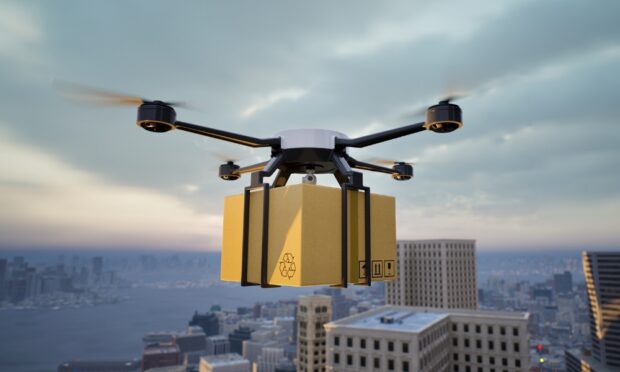
The majority of the UK public now supports the use of drones for a wide variety of applications, according to a new study by the air traffic control service, NATS. Continue reading
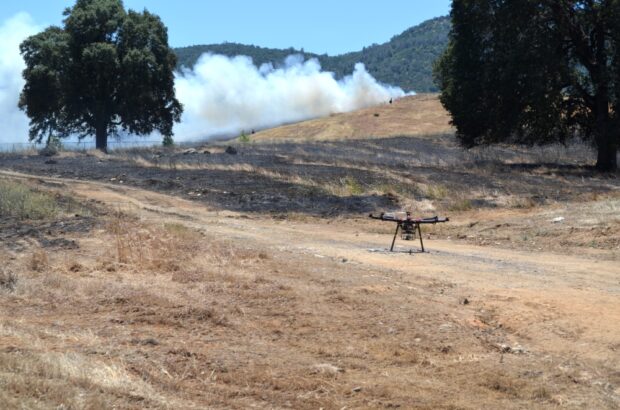
Typically, the primary indicator of a burgeoning wildfire in California is a plume of hazy, gray smoke wafting through the air, seen by satellites or cameras. The California Department of Forestry and Fire Protection, or CalFire, is alerted, and mitigation and containment efforts ensue. Continue reading